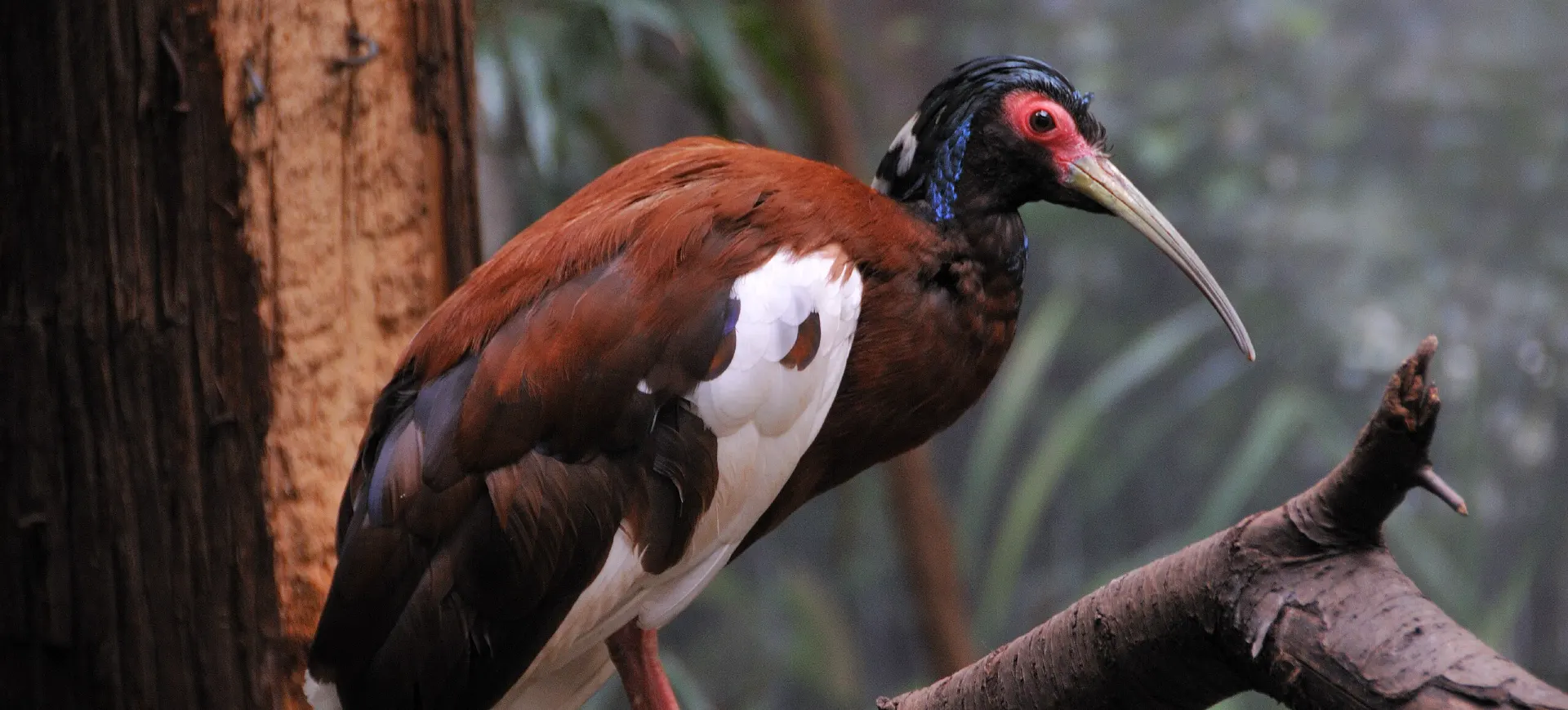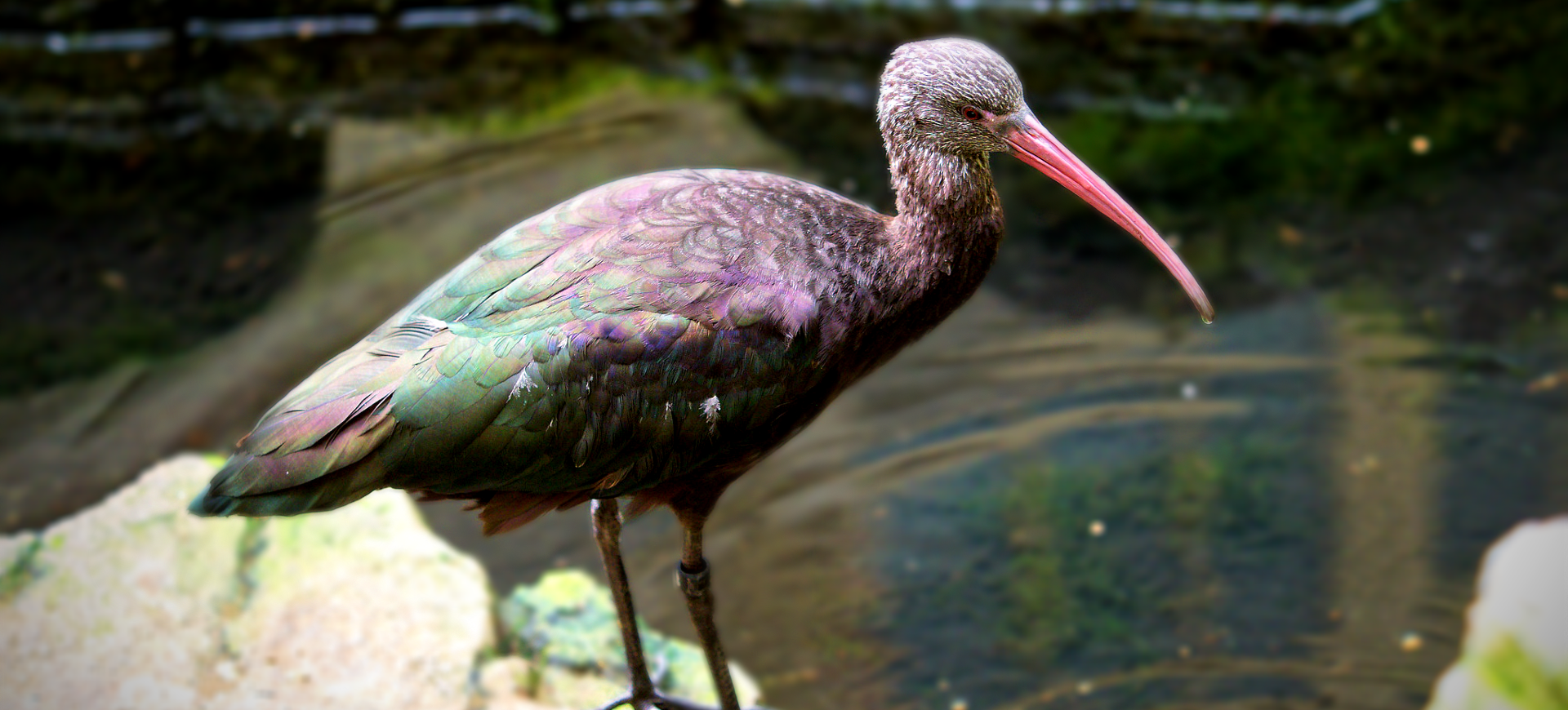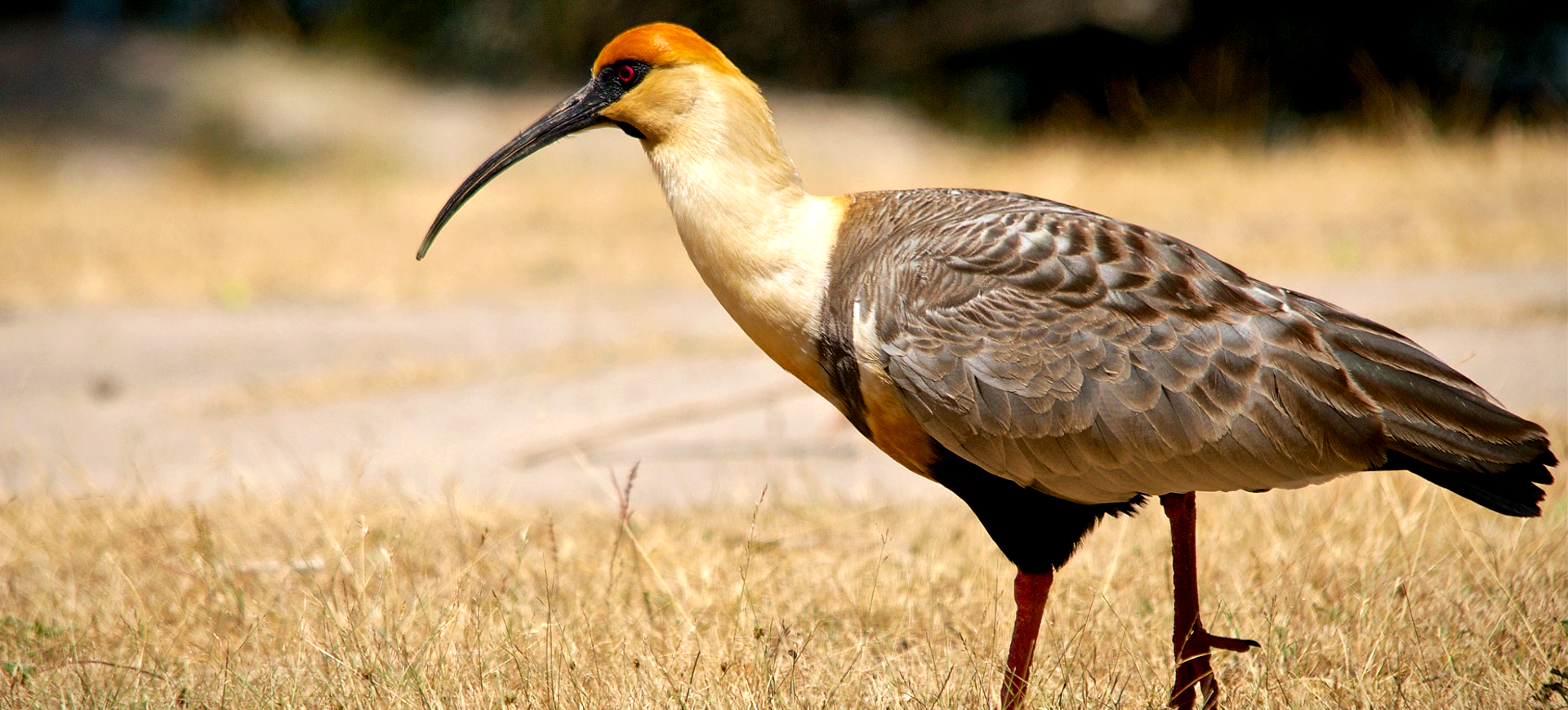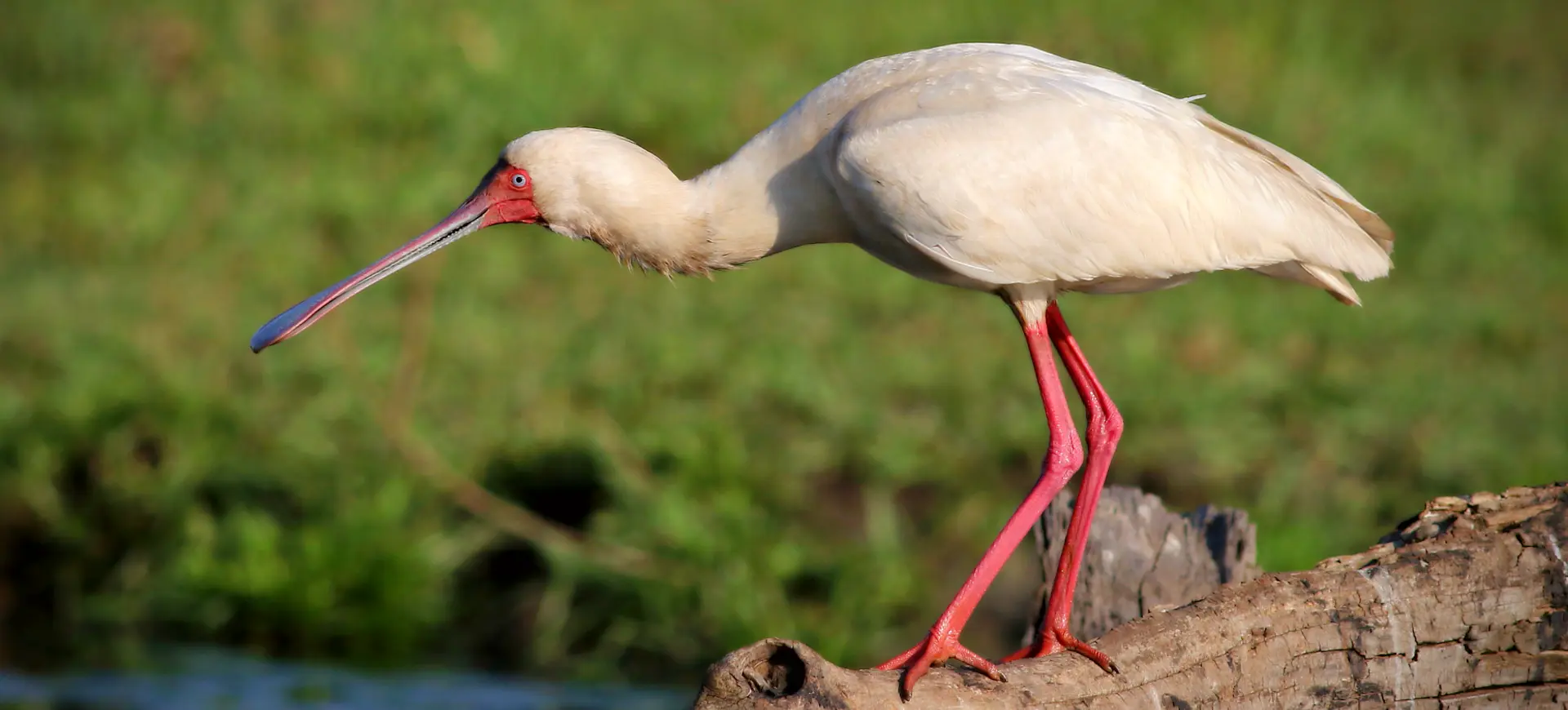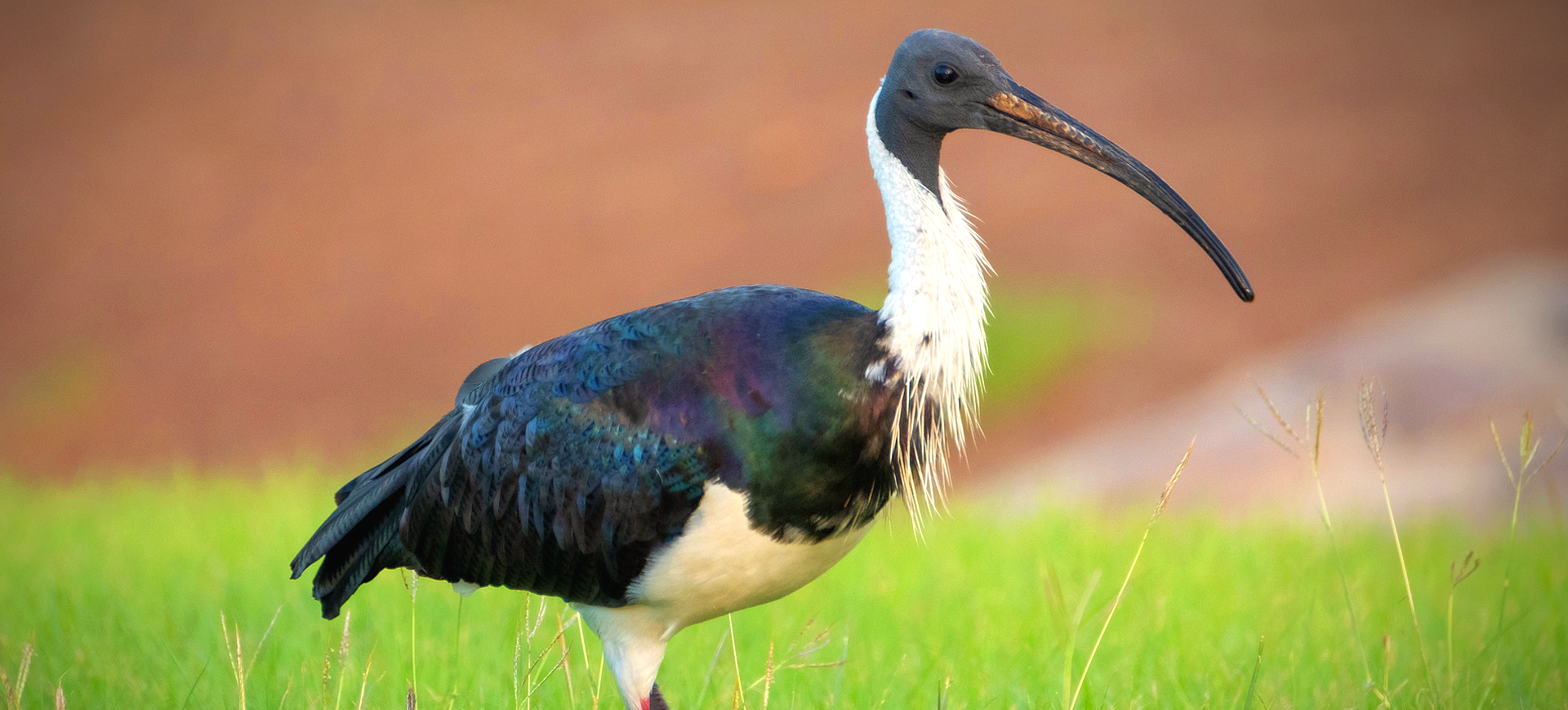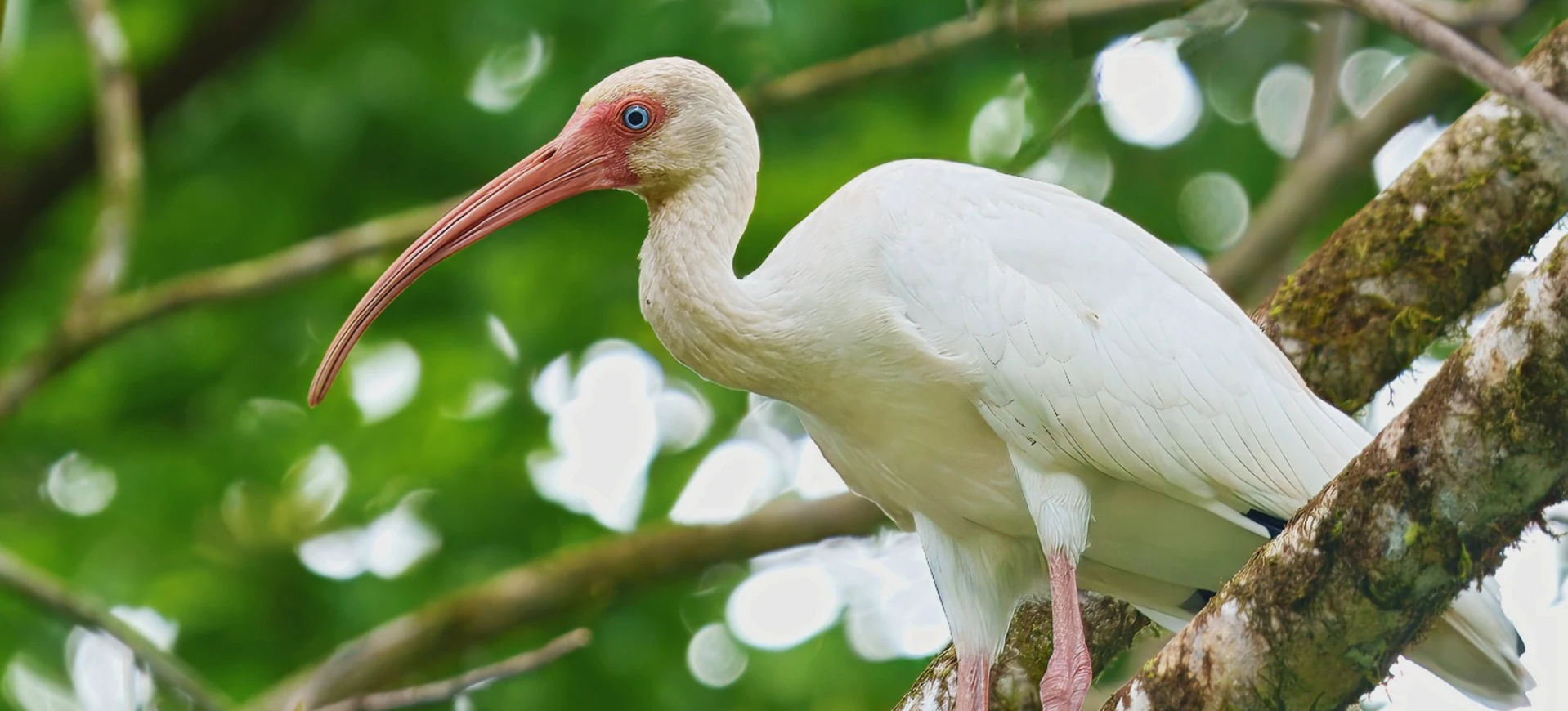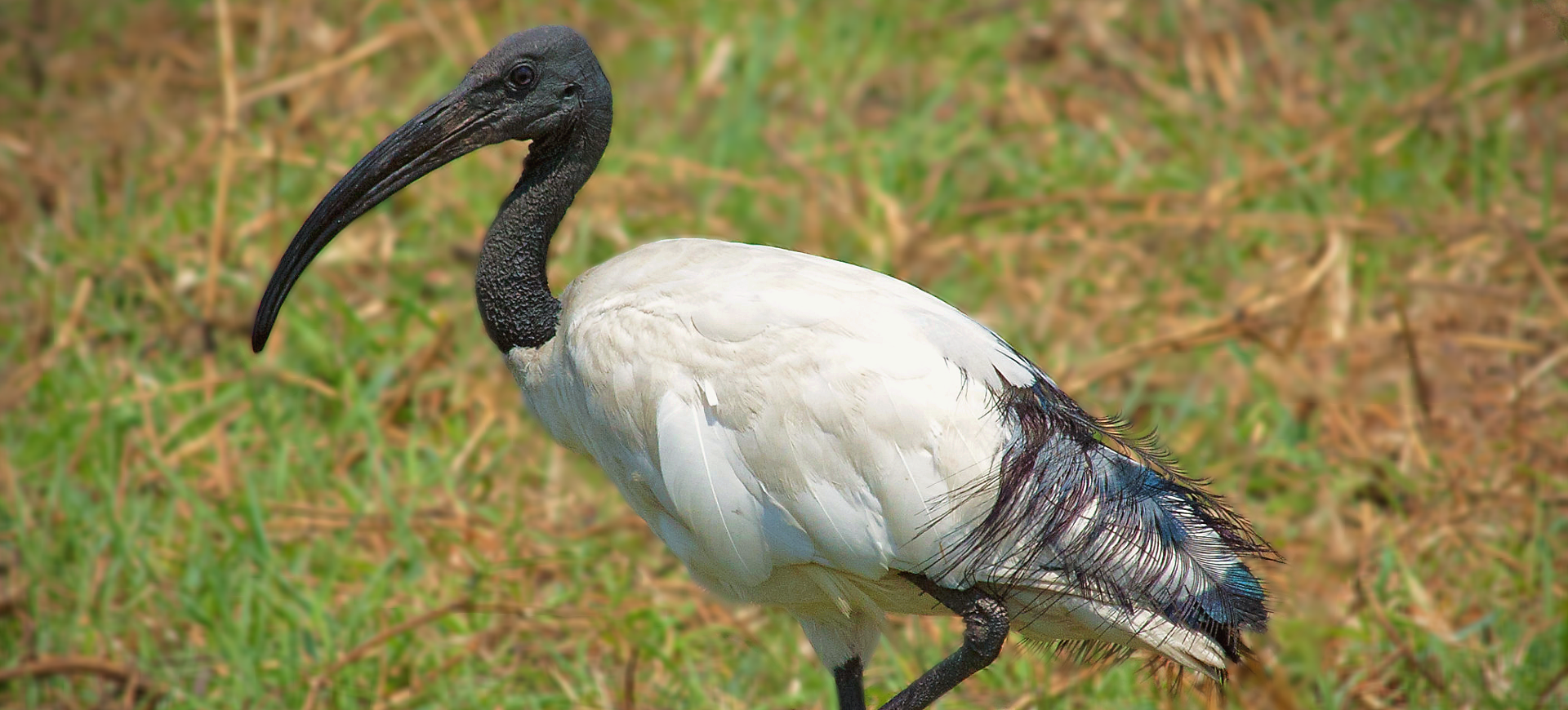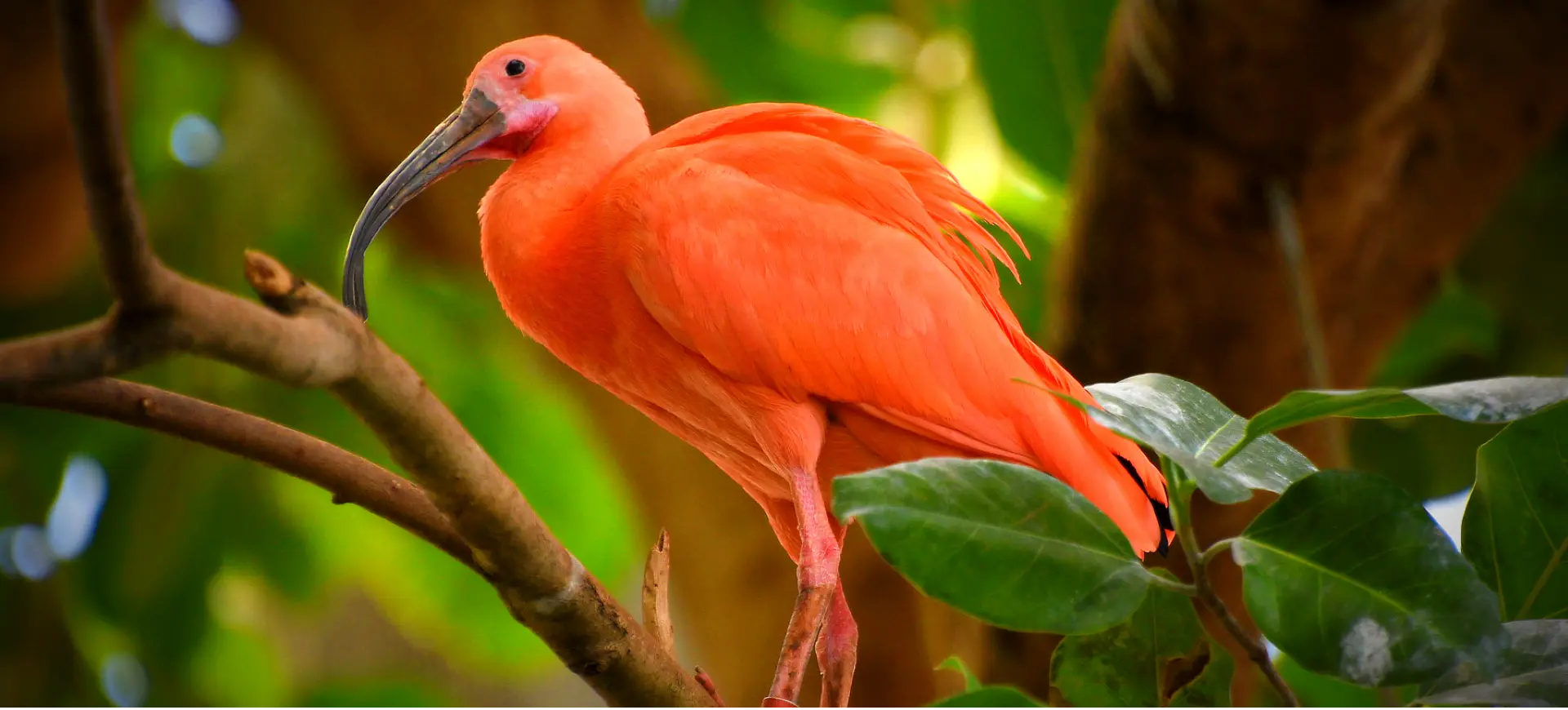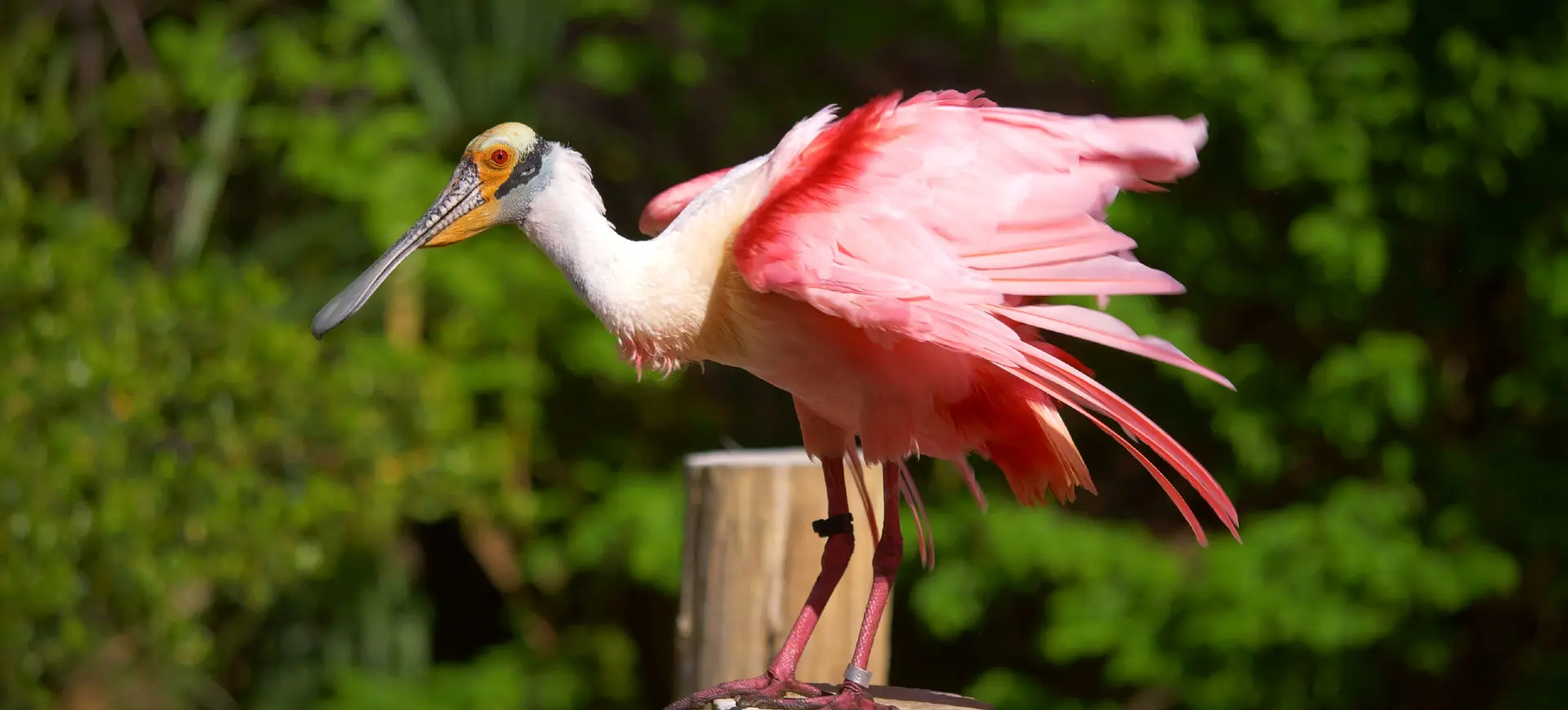Overview
The Southern Bald Ibis is an intriguing avian species native to southern Africa, known for its bald red head and neck. These birds are one of the four ibis species which lack feathering on the head and neck. The southern bald ibis is generally silent but emits grunts or groans at its breeding colonies.
Southern Bald Ibises are carnivores primarily eating insects but also consuming small reptiles, amphibians, and mammals when available. They are renowned for their gregarious nature and are typically found in flocks outside the breeding season. Unfortunately, they are endangered primarily due to habitat loss, pollution, and disturbance at their breeding colonies.
The bird has cultural significance as well. The Southern Bald Ibis was revered by ancient Egyptians and frequently depicted in their art. It was considered the earthly embodiment of Thoth, the Egyptian god of wisdom, and was believed to have created the first alphabet.
Taxonomy
Kingdom
Phylum
Class
Order
Family
Genus
Species
Type
Physical Description:
The Southern Bald Ibis is a large, black bird with a glossy, greenish-purple sheen on its wings and a similar reddish-brown sheen on its belly. The bird’s most notable physical trait is its bald red head and neck. The Southern Bald Ibis has a long, curved, red bill for probing the ground when searching for food. Its legs and feet are also red.
The ibis has a distinct crest of elongated feathers at the back of the head during the breeding season. Their eyes are pale yellow, surrounded by a patch of bare, dark blue skin. Southern Bald Ibis, like other ibises, are sexually monomorphic, meaning that males and females look alike, with no apparent physical differences to distinguish them.

Lifespan: Wild: ~20 Years || Captivity: ~25 Years

Weight: Male: 3.3 lbs (1.5 kg) || Female: 3.1 lbs (1.4 kg)

Length: Male: 31 inches (80 cm) || Female: 29 inches (75 cm)

Height: Male: 31 inches (80 cm) || Female: 29 inches (75 cm)

Wingspan: Male & Female: 49 inches (125 cm)

Top Speed: 30 mph (48 km/h)
Characteristic:
Native Habitat:
The Southern Bald Ibis is a species of the highveld, an area of high-altitude grassland in South Africa. They require cliffs for roosting and nesting, usually near water, but also inhabit agricultural fields, pastures, and occasionally open woodland for foraging. They can be found at elevations of up to 2,000 meters.
Their breeding colonies are on cliff ledges, in rocky gorges or ravines, or on rocky summits. These locations provide safety from terrestrial predators. Nests are built from sticks and grass and are usually placed close together in the breeding colonies.
Climate Zones:
Biomes:
Biogeographical Realms:
Continents:
Countries:
Diet:
Diet & Feeding Habits:
Southern Bald Ibises are carnivorous, primarily eating insects. They feed by probing the ground with their long, curved bills, hunting for earthworms, beetles, spiders, and other small invertebrates. They can often be seen following plows in cultivated fields, feasting on the invertebrates turned up by the equipment.
In addition to insects, the diet of the Southern Bald Ibis also includes small reptiles, amphibians, and mammals. They are opportunistic feeders and will take advantage of food sources as they become available. When feeding, they usually do so in groups, using their numbers to flush out prey.
Mating Behavior:
Mating Description:
The Southern Bald Ibis is a monogamous species; pairs usually stay together for life. The breeding season occurs from August to March, with peak egg-laying occurring in September and October. Nests are built on cliff ledges from sticks and grass and are typically placed close together in colonies.
Both parents share in incubating the eggs and feeding the chicks. The female typically lays 2 to 4 eggs, which are incubated for about 21 days. The chicks fledge after about 7 weeks but remain dependent on their parents for several more weeks.
Reproduction Season:
Birth Type:
Pregnancy Duration:
Female Name:
Male Name:
Baby Name:
Social Structure Description:
Southern Bald Ibises are social birds, typically found in flocks outside the breeding season. They forage in groups, often following large animals or human activity to take advantage of disturbed invertebrates. During the breeding season, they form colonies of up to several hundred pairs.
Social hierarchies are established and maintained through displays and posturing, with dominant individuals prioritizing access to food and preferred nesting sites. Aggression is minimal, and conflicts are usually resolved through display rather than physical contact.
Groups:
Conservation Status:
Population Trend:
The population of the Southern Bald Ibis is small and fragmented, with fewer than 5,000 individuals believed to exist in the wild. The majority of the population is found in South Africa, with smaller populations in Lesotho and potentially Zimbabwe. The populations are declining due to various threats, including habitat loss, disturbance at breeding colonies, and pollution.
The ibis is a species of high conservation priority, and efforts are being made to protect its remaining habitats and to reintroduce it to areas of its former range. The bird is protected by law in South Africa, and its breeding colonies are in protected areas.
Population Threats:
The Southern Bald Ibis is threatened by various factors, including habitat loss due to the conversion of grasslands to agriculture and urban development, disturbance at breeding colonies, and pollution, particularly from agricultural pesticides. Climate change is also considered a potential threat, as changes in rainfall patterns could impact the availability of food resources.
Other threats include collisions with power lines and illegal hunting. Power lines pose a particular threat to young birds during their first migration. The illegal hunting these birds for their perceived medicinal properties also poses a significant threat.
Conservation Efforts:
Conservation efforts for the Southern Bald Ibis include habitat protection and restoration and efforts to reduce disturbances at breeding colonies. In South Africa, the species is protected by law, and several breeding colonies are in protected areas.
Reintroduction efforts have also been undertaken to restore the ibis to parts of its former range. These have included the release of captive-bred birds and the translocation of wild birds. Education and awareness campaigns have also been conducted to reduce hunting pressure and to encourage local communities to protect the bird and its habitat.
Additional Resources:
Fun Facts
- The Southern Bald Ibis was revered by ancient Egyptians and believed to be the earthly embodiment of Thoth, the Egyptian god of wisdom.
- Southern Bald Ibises are one of the four ibis species which lack feathering on the head and neck.
- Unlike many other bird species, Southern Bald Ibises are sexually monomorphic, meaning that males and females look alike.
- Southern Bald Ibises have a glossy greenish-purple sheen on their wings and a reddish-brown sheen on their bellies.
- These birds are typically found in flocks outside of the breeding season.
- Southern Bald Ibises can live up to 25 years in captivity, but their lifespan in the wild is typically about 20 years.
- The Southern Bald Ibis is primarily carnivorous, feeding mainly on insects, but will also eat small reptiles, amphibians, and mammals.
- Despite its name, the Southern Bald Ibis does have a crest of elongated feathers at the back of its head during the breeding season.
- Southern Bald Ibises are social birds that establish and maintain social hierarchies through displays and posturing.
- Despite their declining numbers, Southern Bald Ibises have a strong presence in the culture and folklore of their regions and are often considered symbols of wisdom and learning.







